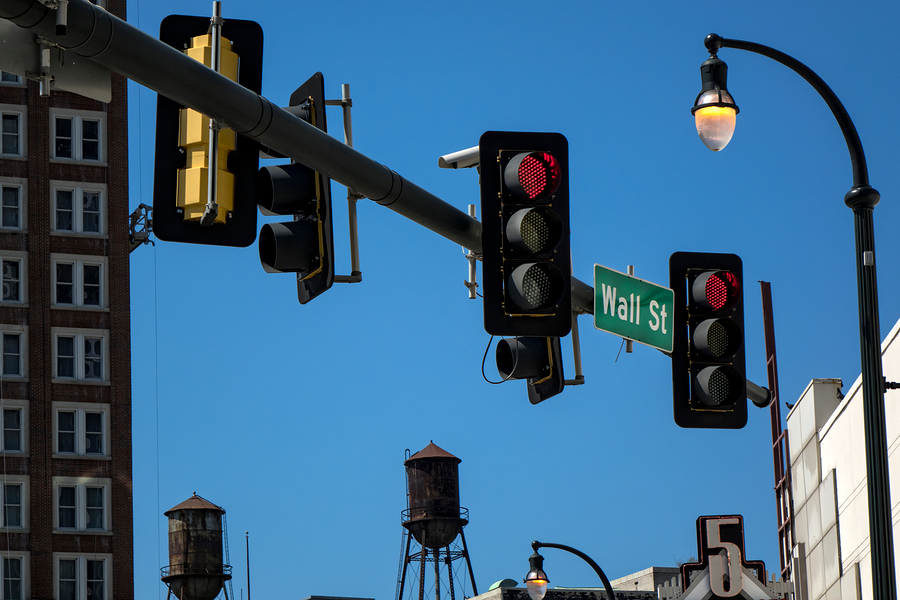Speed and red-light cameras are the downfall of many motorists. red-light cameras, which are installed in at least twenty-four states, are a modern idea made possible by technology. Although these cameras are a revenue boost for states across the country, their intrusion into daily life is unsettling, and their constitutionality is questionable.
Many people believe that the use of red-light cameras could violate the Sixth Amendment. Joe Barnett, Opinion Contributor at The Hill explains:
The Confrontation Clause grants criminal defendants the right to be confronted with the witnesses against them. Since it is a camera and not a person that witnessed the offense, such violations generally cannot be considered a criminal offense. The ticket is issued to the owner of the vehicle, not to the person driving it, leaving a lack of certainty as to the identity of the offender.
Therefore, the “ticket” in most places is nothing more than a civil fine, making enforcement and collection difficult. To date, governments have avoided this problem by requiring payment of the fine before motorists can renew their driver’s license or auto registration. Although there generally are appeals procedures, they typically do not give drivers a day in court. In other words, what happened to being innocent until proven guilty?1
RELATED STORY:
Numerous for-profit companies install and operate the cameras, and some of them are foreign-owned. In a standard arrangement, a red-light camera company will contract with a local government to pay the capital cost of installing the cameras in exchange for part of the revenue generated through fines. Governments establish a new revenue stream without any operating cost, and the camera companies make a neat profit.
Government officials and red-light companies argue that fewer accidents mean safer roads and that the additional government revenue will benefit the local communities.
However, studies to confirm those claims have yielded mixed results. According to Barnett:
Studies paid for by the camera companies or governments usually show fewer accidents. Independent studies and those financed by opponents usually show no gains and sometimes worse results.1
RELATED STORY:
In fact, evidence suggests that greater public safety actually depends on the timing of yellow and red lights. Barnett noted:
Longer yellow and all-way red times have been shown to significantly reduce accidents. Sometimes local governments actually decrease yellow-light timing to catch more red-light runners, a result of the perverse financial incentives that tempt government officials and camera companies. Studies also show motorists are more likely to hit the brakes hard at camera-enforced intersections, increasing rear-end collisions.1
It is not surprising that these cameras are very unpopular. Over the past twenty-eight years, forty-two elections have focused on adopting or prohibiting either speed or red-light cameras or both. Except for two elections, voters have rejected the cameras by an average margin of 63 percent.
RELATED STORY:
Most citations for speed and red-light cameras are only civil fines. The offender typically has no recourse in court. Without a doubt, the financial incentive creates a conflict of interest for local elected officials and camera companies to rig the system in their favor. These factors can clearly undermine voters’ faith in government and breed mistrust. Barnett stated:
We are brought up to respect the legal system that was handed down to us through English common law. We expect the laws to be just and fairly applied. We expect to always have recourse in the courts. And most importantly, we always expect to be treated equally before the law. Speed and red-light cameras are contrary to those expectations. This is not good for the civil society, especially at a time when distrust in government is high.1
Source:
Please get on our update list today, as social media is strangling our reach. Join here: http://healthnutnews.com/join THANK YOU!












